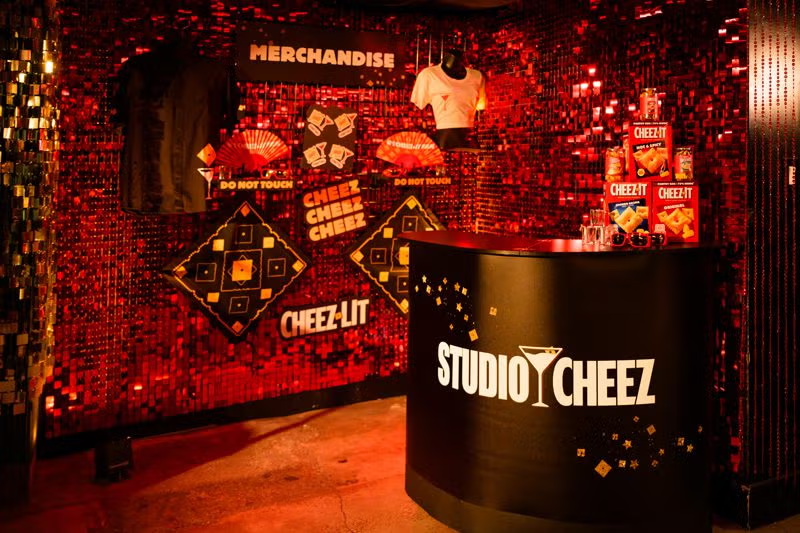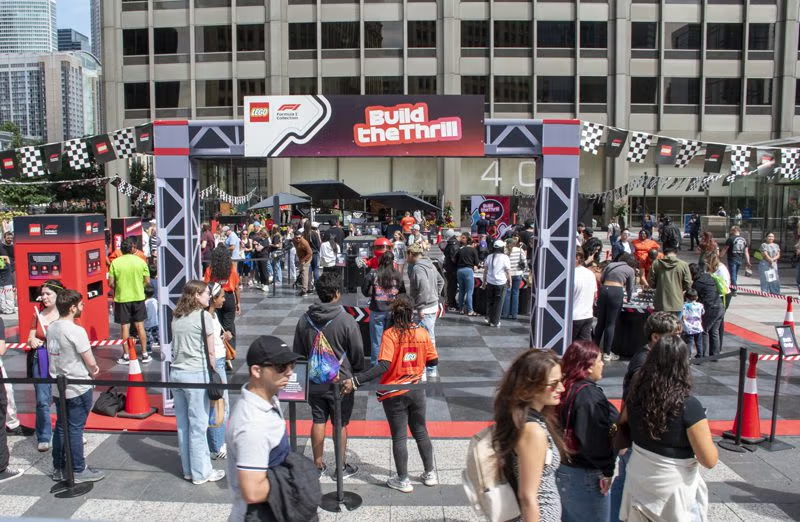In an era characterized by fragmented attention spans and evolving consumer habits, the landscape of golf sponsorships is undergoing a significant transformation. Historically dependent on static branding measures such as signage and fixed logo placements, current sponsorship activations have progressed into dynamic, multi-sensory events that engage multiple generations simultaneously. Today, sponsors actively engineer these immersive interactions, strategically designing experiences that resonate broadly across demographic segments.
Golf steadfastly maintains its historical essence, underpinned by principles of decorum, ritualistic practices, and cultivated sportsmanship. However, the game has begun to adapt—melding its revered traditions with contemporary societal expectations. Brands thriving within this nuanced environment accomplish success not through mere evocation of nostalgia, but by contextualizing historical elements within modern frameworks, effectively blending narrative authenticity with innovative practice.
The sport uniquely appeals across generational lines, a phenomenon increasingly visible at tournaments. Grandparents, adult children, and grandchildren gather around fairways, each compelled by distinct aspects of golfing culture. College students, weekend hobbyists, and recently retired professionals discover shared appreciation within golf’s methodical cadence—a stark contrast to today’s frenetic daily tempo.
Golf’s demographic composition is presently experiencing a fundamental shift. Whereas Baby Boomers previously constituted the economic bedrock, there is now a growing influx of Generation X, Millennial, and Generation Z participants reshaping the game’s cultural landscape. These cohorts bring diverse priorities—from appreciation of tradition and social connectivity to technological integration and authenticity in branding—necessitating responsive and diversified engagement methodologies.
Merely presenting branded visuals no longer satisfies contemporary spectators' elevated expectations. Authentic experiential interaction is paramount. Fans seek environments crafted not merely to be observed, but actively experienced. Branded hospitality suites, immersive product demonstrations, and interactive digital engagements facilitate stronger bonds between sponsors and their audience base.
Data utilization constitutes the nucleus of this enhanced engagement model. Leveraging mobile applications, artificial intelligence-driven personalization, and instantaneous analytics, brands cultivate precisely targeted interactions. Behavioral analytics guide customized content creation, ensuring each segment perceives brand activations as relevant, personalized, and contextually timely.
Live golfing events increasingly serve as dynamic theaters for experiential branding. Sponsors incorporate sophisticated activation designs, employing tangible environments, bespoke experiential setups, and immersive technological displays. These compelling elements not only captivate audiences but promote organic content sharing and emotional resonance, amplifying both audience reach and brand recall.
Effective sponsorships align clearly not only with a brand’s products but its ethos. Golf participants traditionally esteem discipline, sophistication, and mastery—values that align seamlessly with sponsor messaging. Brands emphasizing wellness, excellence in performance, or artisanal craftsmanship naturally integrate into the sport’s cultural psyche, ensuring a harmonious rather than intrusive presence.
Technological innovation emerges as a significant differentiator. Augmented reality offers real-time analytics, visually enhancing swing mechanics, and score tracking. Virtual reality simulations recreate iconic moments in golfing history. Wearable technology integrates sponsor-generated content, capturing biometric data to elevate the player experience, particularly appealing to digitally adept younger demographics.
Concurrently, social media has transformed into golf’s digital clubhouse. Attendees spontaneously share real-time content, tournament highlights, and commentary across social platforms. Sponsors who tactfully engage with these digital dialogues position themselves not as overt marketers, but as genuine contributors to community interactions.
Brand affiliations with professional golfers and influential creators extend promotional reach beyond traditional boundaries. Elite players confer legitimacy and visibility, whereas lifestyle influencers broaden golf’s attractiveness to newer audiences. Such collaborations reposition golf as accessible, fashionable, and engaging, effectively dismantling barriers traditionally associated with exclusivity.
Strategic emphasis on family-oriented activities has become essential. Sponsors design diverse experiences appealing to varying age groups—from youth-oriented training sessions and virtual-reality putting activities to shaded hospitality spaces serving refreshments. These holistic tournament environments stimulate broader attendance, fostering deeper emotional connections.
Sustainability is increasingly integral to sponsorship strategies. Brands support environmentally conscious initiatives, including zero-waste event operations, renewable energy usage, and biodiversity preservation on golf courses. Such commitments align with younger consumers prioritizing ecological responsibility within their purchasing decisions.
Community-focused sponsorship efforts continue to gather momentum. Brands actively participate in course renovations, youth golf development programs, and partnerships with nonprofit organizations. These local engagements cultivate enduring community goodwill, particularly in markets deeply intertwined with regional identity and civic pride.
Diversity, equity, and inclusion initiatives now occupy a central rather than peripheral role. Sponsors actively engage previously underserved communities, funding scholarship opportunities, women-focused tournaments, and grassroots projects in urban localities. These actions directly address growing calls for increased representation and accountability within golfing institutions.
Co-branded apparel and limited-run product lines have become additional avenues of consumer engagement. Exclusive athletic wear collections, accessory bundles, and thoughtfully curated merchandise merge style and practicality, driving consumer excitement and strengthening alignment with golf’s contemporary aesthetic evolution.
Corporate hospitality experiences are similarly evolving. Executive hospitality spaces now feature artisanal food experiences, technology-free relaxation areas, and networking environments with refined atmospheres. Such elevated hospitality caters to a multigenerational professional audience, seeking meaningful connection coupled with temporary respite from professional demands.
Measurement methodologies for sponsorship effectiveness are becoming increasingly precise. Beyond mere audience reach, sponsors meticulously analyze emotional engagement levels, social media amplification, and attendee dwell durations. Return on investment is evaluated not solely through quantitative metrics, but through deeper indicators such as audience affinity, memorability, and long-term influence.
Anticipating future developments, golf sponsorship is expected to incorporate even more advanced experiential elements. Upcoming innovations will likely include artificial intelligence-generated highlight reels, digitally collectible items like non-fungible tokens (NFTs), and interactive mobile-driven experiences embedded within the golf course environment. Advancing technologies promise to continually enrich audience engagement.
Fundamentally, golf remains a deeply human pursuit, defined by mindfulness, patience, and deliberate intentionality. For sponsors, the golf course presents not merely a passive marketing stage but a dynamic landscape for authentic audience connection. Through meaningful engagement founded on shared values, sponsorships transcend transactional commerce, embedding themselves into golf’s ongoing historical narrative.















